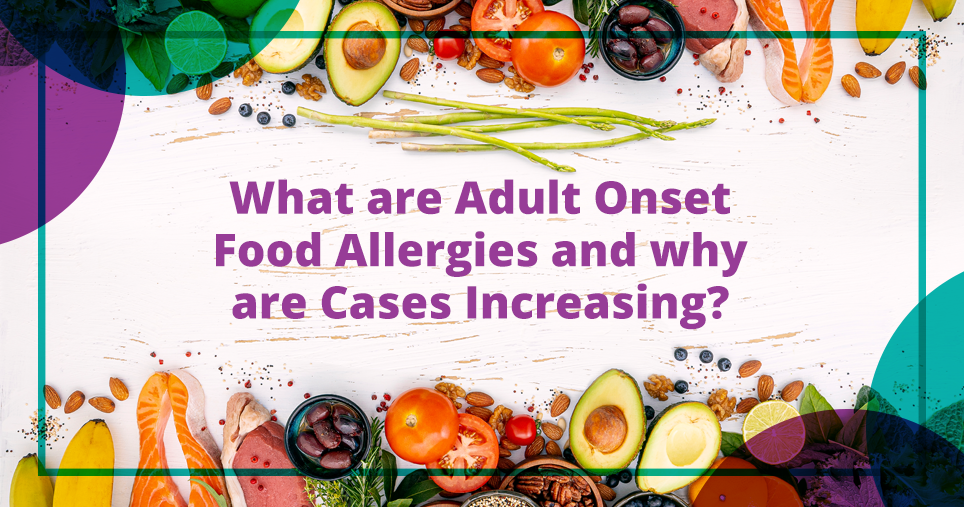Allergy Blog
Why are Allergy Rates on the Rise?
Children and adults around the world are far more likely than ever before to develop food allergies, in addition, their bodily responses to allergens are increasing in severity – resulting in higher reports of anaphylaxis and allergy-related hospitalisation.
The increase in allergies in recent decades has been especially evident in the West. Food allergies now affect about 7% of children in the UK and 9% of children in Australia (National Library of Medicine | KCL EAT Study) A life-threatening response can be triggered by even the faintest exposure, which means that patients and families live in fear and anxiety. The adjustment to following dietary restrictions can also be a burden on social and family life.
While we cannot say for sure why allergies are increasing, allergy researchers around the world are working hard to find ways to combat this increase. Here are their prevailing theories as to why allergy rates are on the rise.
Environmental Factors:
Evidence is mounting in favour of environmental exposure to be the greatest contributing factor towards increasing allergy rates. We know there are lower rates of allergies in developing countries when compared with developed countries. While allergies are also more likely to occur in urban rather than rural areas. It is thought that lower exposure to microbes and parasitic infections, coupled with hyper-sanitary environments are fueling the increase.
The thinking is relatively straightforward – by over-sanitising our homes, our bodies are left with fewer parasites to fight, turning the immune system against substances (allergens) that should be harmless. Parasitic infections, in particular, are normally fought by the same mechanisms involved in tackling allergies.
Vitamin D Deficiency:
Another idea is that vitamin D can help our immune system develop a healthy response, making us less susceptible to allergies. Most populations around the world do not get enough vitamin D for several reasons, including spending less time in the sun. Scientific evidence shows that food allergies and anaphylaxis occur at much higher rates in areas with less sun exposure.
Research also shows that vitamin D can activate certain regulatory immune system cells that prevent the release of chemicals that cause and worsen allergic diseases. So, a deficiency in vitamin D may inhibit this regulatory mechanism, which may worsen or trigger allergic disease.
In addition, asthma, eczema, and atopy have been associated with low vitamin D levels, particularly for people who have mutations in their vitamin D receptor genes. Studies have also shown Vitamin D supplements, given to pregnant women, reduced the occurrence of asthma and recurrent wheeze in young children.
Exposure Theory:
The Dual Allergen Exposure Theory is the newest approach to find the underlying cause of what exactly is driving food allergies and how to combat them. This theory suggests that food allergy development is down to the balance between the timing, dose, and form of exposure in childhood.
It is theorised that eating trigger foods during weaning can lead to a healthy response and prevent the allergy from developing because the gut’s immune system is prepared to tolerate bacteria and foreign substances.
The theory served as the basis for King’s College London’s LEAP Study – which showed an 80% reduction in peanut allergies, in five-year-old children who regularly ate peanuts from the year they were born.
As food allergies continue to increase, individuals and families will be forced, in growing numbers, to incorporate allergy management into their daily lives. Researchers and allergy experts will continue to investigate why these rates are increasing while searching for a solution.
Disclaimer: The information provided is for informational purposes only and is not intended to be a substitute for professional medical advice, diagnosis, or treatment. Allergy Lifestyle Limited (t/a) Allergy Lifestyle) uses reasonable endeavours to check the accuracy of information provided, however, no warranty is given that they are error-free.


